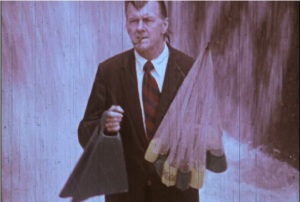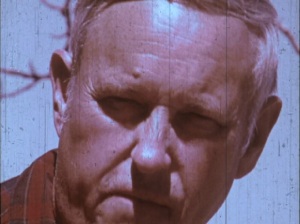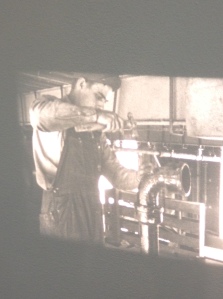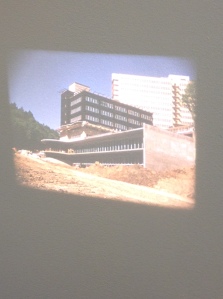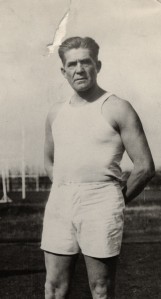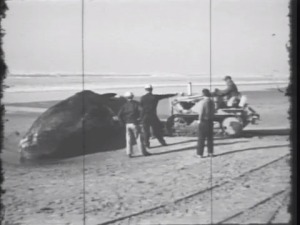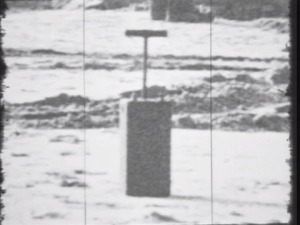I recently stumbled across a ghostly trace of the Little Gem Theatre in Eugene, Oregon, which was in operation on Willamette Street in 1907.
I thought I had uncovered all of the local movie theaters in Eugene and Springfield, Oregon, in the process of working on Hometown Show Oregon, which tells some of the early history of movie theaters in the two neighboring cities. The nickelodeon era (1905-1915) was a very dynamic time for moviegoing, with storefront theaters popping up on Main Streets across the United States. Between 1909-1912, Eugene supported six theaters, all on Willamette Street, the commercial center of town. Three of those theaters had more than 600 seats apiece, all for a population of about 9,000 people.
The Little Gem item popped up when I was looking for something related to the Electric Theatre. Along the way I also ran across ads for the Orpheum Theatre, which took over the space formerly occupied by the Little Gem.
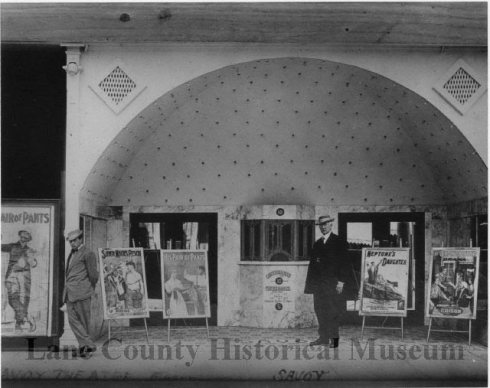
The Savoy Theatre, 1912. Lane County Historical Museum, Photo GN972
Whatever you might feel about Google, I adore the fact that they digitized back issues of the local newspapers in Eugene and Springfield. Few other traces remain that reveal the history of movie theaters here. Lane County Historical Society has a wonderful database of digital images that includes photographs of the Rex, the Savoy, and the Eugene, but no other substantial records seem to have survived. City directories and Sanborn Fire Maps can be helpful, but they published only once a year, and nickelodeon theaters could be notoriously short-lived. Like the Grand Theatre in Springfield, open less than a year in 1908, or the evocative Little Gem.

